We see many patients with shoulder problems. One of the more significant problems we see are the people with symptoms of pain when they are engaged in sport or work activities that require them to have their hands over their heads. These people tell us about the grinding they feel in their shoulder or the popping and clicking noises that come with movement. This of course causes them to feel a loss of strength in that shoulder and arm besides a limited range of motion. They also tell us about the problems they have sleeping at night because they are “side-sleepers,” and typically the shoulder causing them pain is the side they like to sleep on.
In these people we would suspect a tear of shoulder labrum which we would confirm in a physical examination.
Many of the people who contact us already have a shoulder labrum or “SLAP” tear diagnosis. SLAP being a “Superior labrum tears extending from anterior to posterior.” These same people may be months and even years into treatments without resolution of their problem. They are now contemplating or waiting for an arthroscopic shoulder surgery.
Surgery is usually not recommended for a SLAP tear unless “everything else has failed.”
Typically everything else includes rest and avoidance of activities that cause pain. For many people we see this really does not help them, especially if they need that shoulder to work. So when these people work, they usually rely on treatment options that include the use of anti-inflammatory medications.
Usually rest and anti-inflammatory medications are the first lines of self-managed care. Eventually the pain, loss of arm strength and the “nuisance,” of this injury convinces the sufferer that then need to “get this looked at.”
At the doctors, stronger doses of medications may be prescribed along with a round of physical therapy. Sometimes many rounds of physical therapy.
Why treatments may not work
A recent study from Tulane University School of Medicine, Department of Orthpaedic Surgery (1) offered this summary of the controversies in the treatment of a SLAP tear.
“(SLAP lesion) are a cause of significant shoulder pain and disability. Management for these lesions is not standardized. There are no clear guidelines for surgical versus non-surgical treatment, and if surgery is pursued there are controversies regarding SLAP repair versus biceps tenotomy/tenodesis.
“The management of SLAP lesions can be divided into 4 broad categories:
(1) nonoperative management that includes scapular exercise, restoration of balanced musculature, and that would be expected to provide symptom relief in 2/3 of all patients;
(2) patients with a clear traumatic episode and symptoms of instability that should undergo SLAP repair without (age < 40) or with (age > 40) biceps tenotomy or tenodesis;
(3) patients with etiology of overuse without instability symptoms should be managed by biceps tenotomy or tenodesis; and
(4) throwing athletes that should be in their own category and preferentially managed with rigorous physical therapy centered on hip, core, and scapular exercise in addition to restoration of shoulder motion and rotator cuff balance.
Peel-back SLAP repair, Posterior Inferior Glenohumeral Ligament (PIGHL) release, and treatment of the partial infraspinatus tear with debridement, PRP, or (rarely) repair should be reserved for those who fail this rehabilitation program.”
PRP injections
In the above study a mention is made of PRP or Platelet Rich Plasma. In this study a single injection was offered to accelerate surgical repair. This is not how we use PRP injections.
PRP is derived from a patient’s own blood that consists of a combination of growth factors and platelets.When the body suffers a soft-tissue injury, its natural response is to deliver platelet cells to the area. The blood platelets contain growth and healing factors, platelets and other cells initiate repair. PRP therapy’s natural healing process intensifies the body’s efforts by delivering a higher concentration of platelets directly into an area of injury.
To create platelet-rich plasma therapy, a small sample of your blood is drawn, similar to a lab-test sample. The blood is placed in a centrifuge which separates the platelets from the other components. The concentrated platelet-rich plasma is then injected into and around the point of injury, jump-starting and significantly strengthening the body’s natural healing signal. Because the patient’s own blood is used, there is no risk of a transmissible infection and a very low risk of allergic reaction.
Initial improvement may be seen within a few weeks, depending on the extent of the injury or condition, gradually increasing as the healing progresses. Research studies and use in clinical practice have shown PRP therapy to be very effective at relieving pain and quickly returning patients to their normal routine. Both ultrasound and MRI images have shown definitive tissue repair after PRP therapy, confirming the healing process. The need for surgery can also be greatly reduced by treating injured tissues before the damage progresses and the condition becomes irreversible. The procedure takes approximately one hour, including preparation and recovery time. PRP therapy relieves pain without the risks involved with surgery, general anesthesia, or hospital stays, and does not require a prolonged recovery. In fact, most people return to their jobs or usual activities immediately afterwards.
1 Hester WA, O’Brien MJ, Heard WM, Savoie FH. Suppl-1, M9: Current Concepts in the Evaluation and Management of Type II Superior Labral Lesions of the Shoulder. The open orthopaedics journal. 2018;12:331.


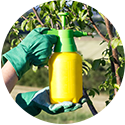
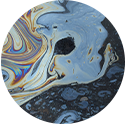
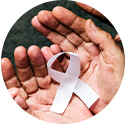


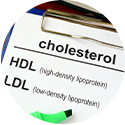




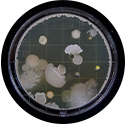

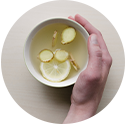




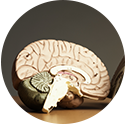






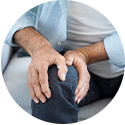

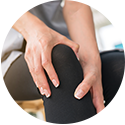
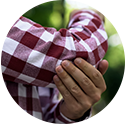
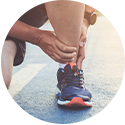





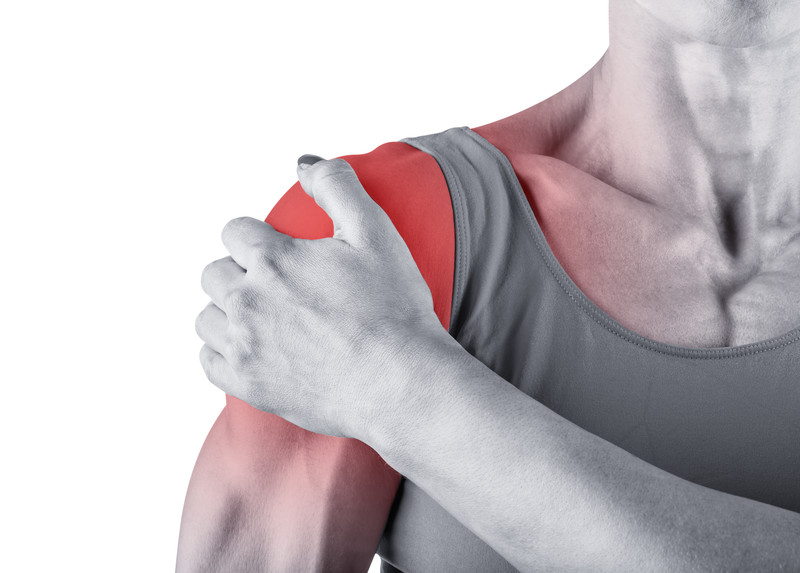
Recent Comments